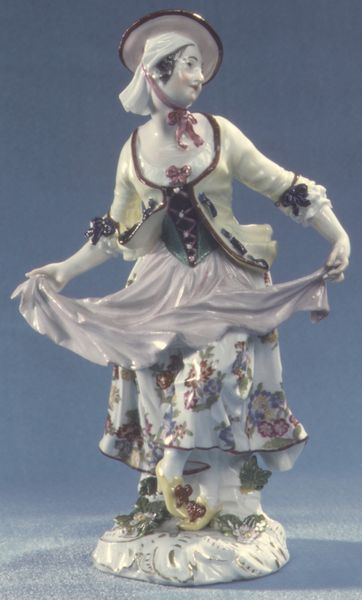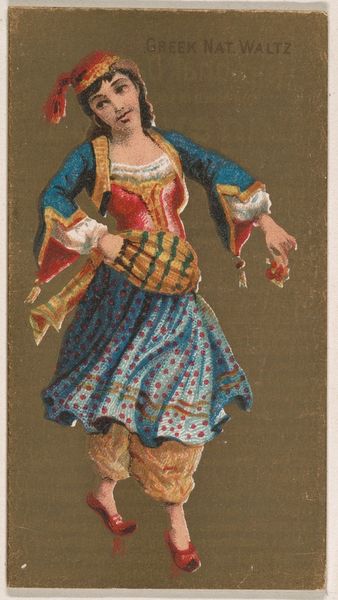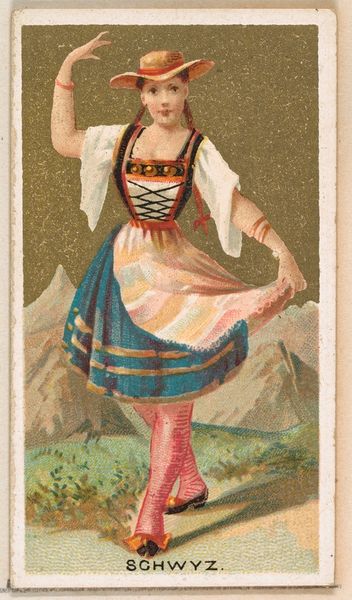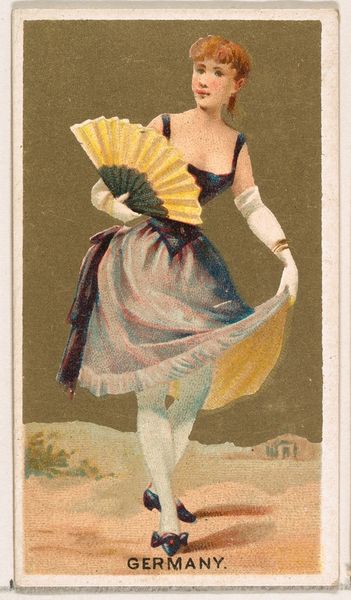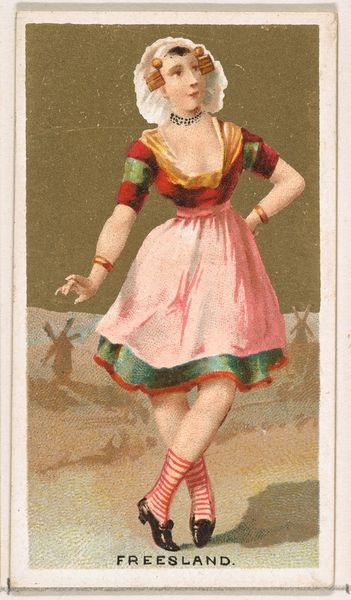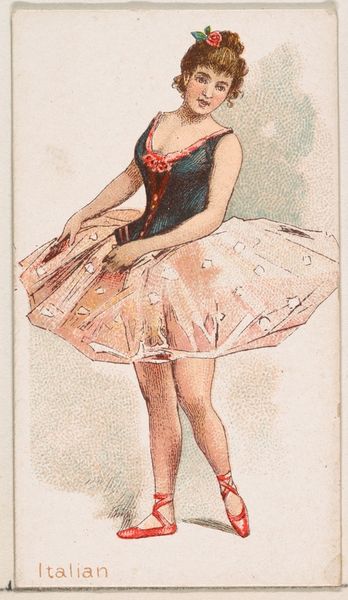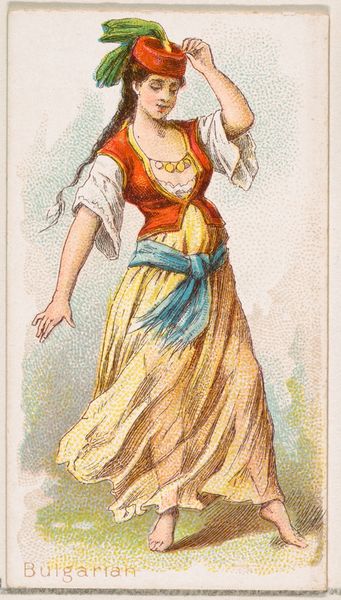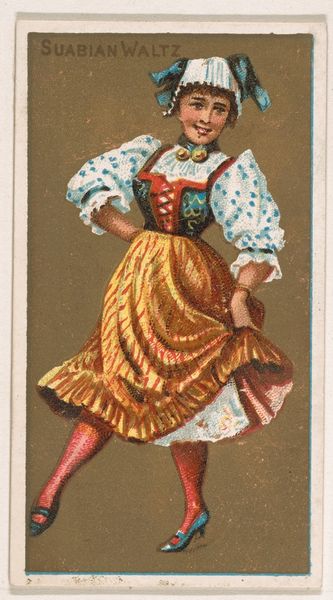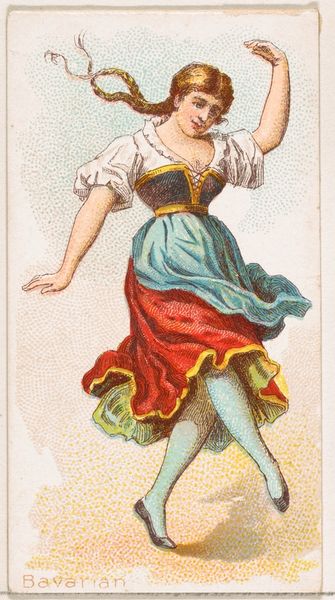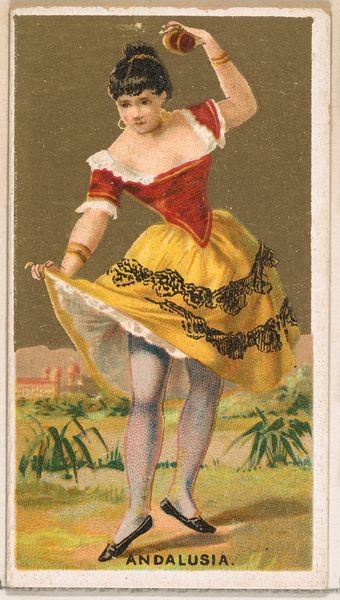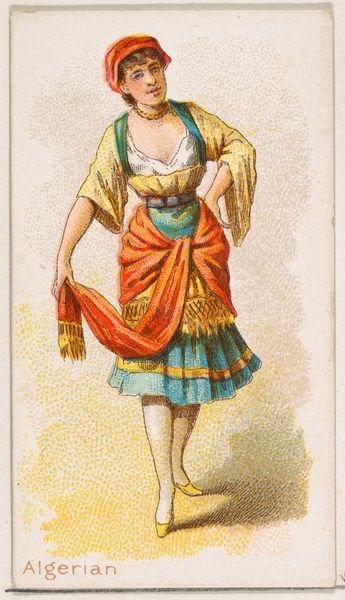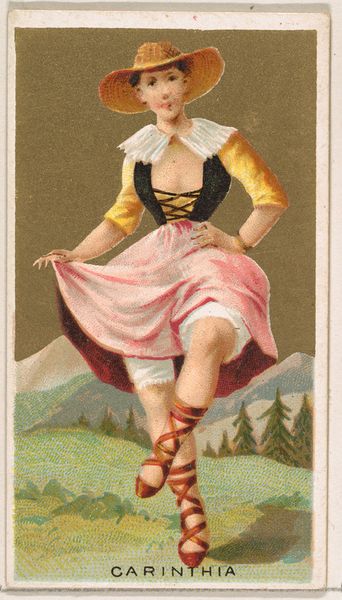
ceramic, porcelain, sculpture
#
portrait
#
sculpture
#
ceramic
#
porcelain
#
figuration
#
sculpture
#
decorative-art
#
rococo
Dimensions: Height: 6 1/2 in. (16.5 cm)
Copyright: Public Domain
Editor: We’re looking at “Dancing Girl (Columbine),” a porcelain sculpture from around 1765-1775 made by the Doccia Porcelain Manufactory. The figure is so delicate! I'm curious about the process and choices that went into bringing a piece like this to life. What catches your eye in terms of the materials and methods used? Curator: I’m immediately drawn to the Rococo extravagance translated through porcelain. The piece begs questions about the social conditions that fostered such delicate craftsmanship. What type of labor was needed? Were these artisans celebrated? Was there a hierarchy to labor, say in terms of mould makers versus painters? The finished product speaks to the culture of aristocratic consumption during that time. Do you see this figure simply as decorative? Editor: It definitely seems to fit within that decorative arts tradition, but considering your point, perhaps decorative isn't *just* decorative. I mean, porcelain production itself must have been fairly groundbreaking back then. Do you think this medium affects how we interpret the piece today? Curator: Absolutely. Porcelain was, and arguably still is, a symbol of luxury and technological advancement. The global race to unlock the secrets of porcelain production led to all sorts of technological and artistic innovation. A piece like this highlights that constant tension between the value assigned to craftsmanship and the economic realities of production. So who does the figure really celebrate, Columbine, or the porcelain industry? Editor: I’m now looking at it in a completely different light. It really shifts how I think about art objects and what they represent about a time. Curator: Exactly, this is more than a frivolous bauble, but rather, a snapshot of production and consumption during the Rococo period.
Comments
No comments
Be the first to comment and join the conversation on the ultimate creative platform.
